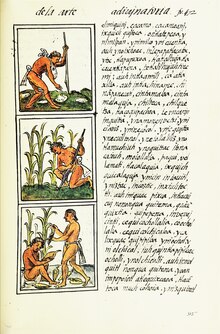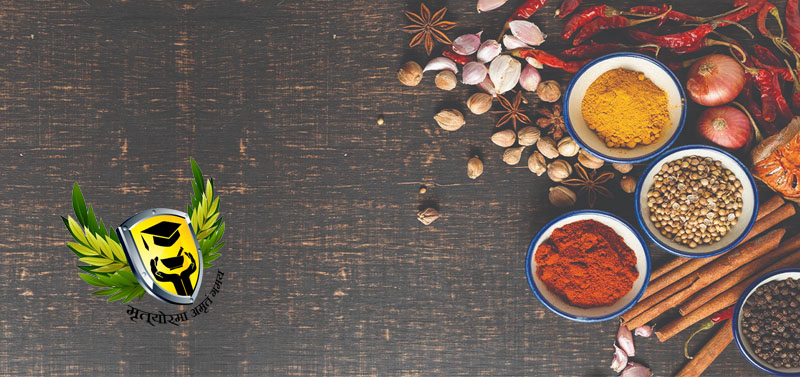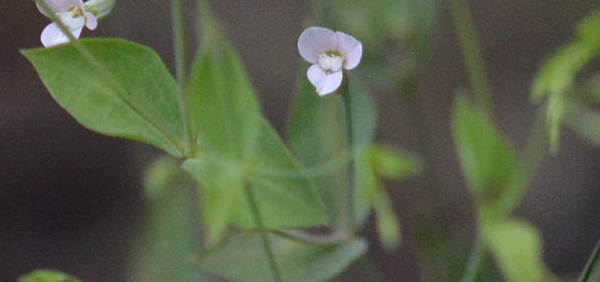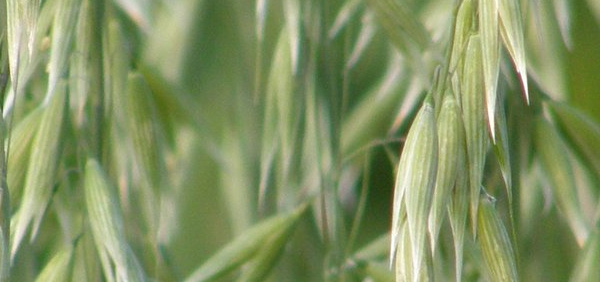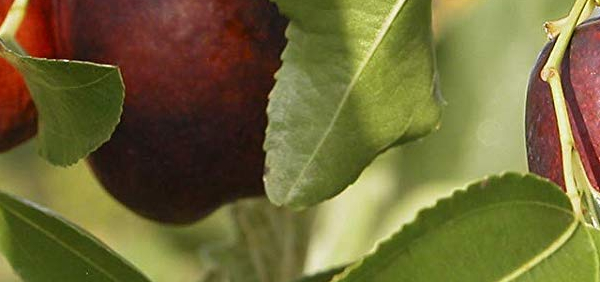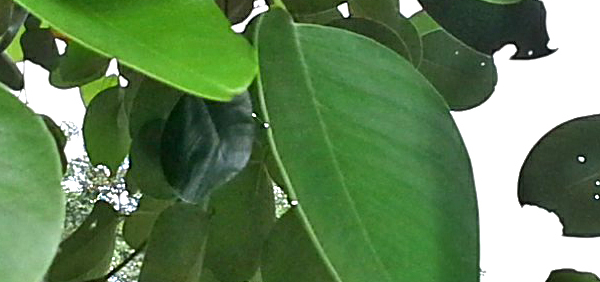makaya :
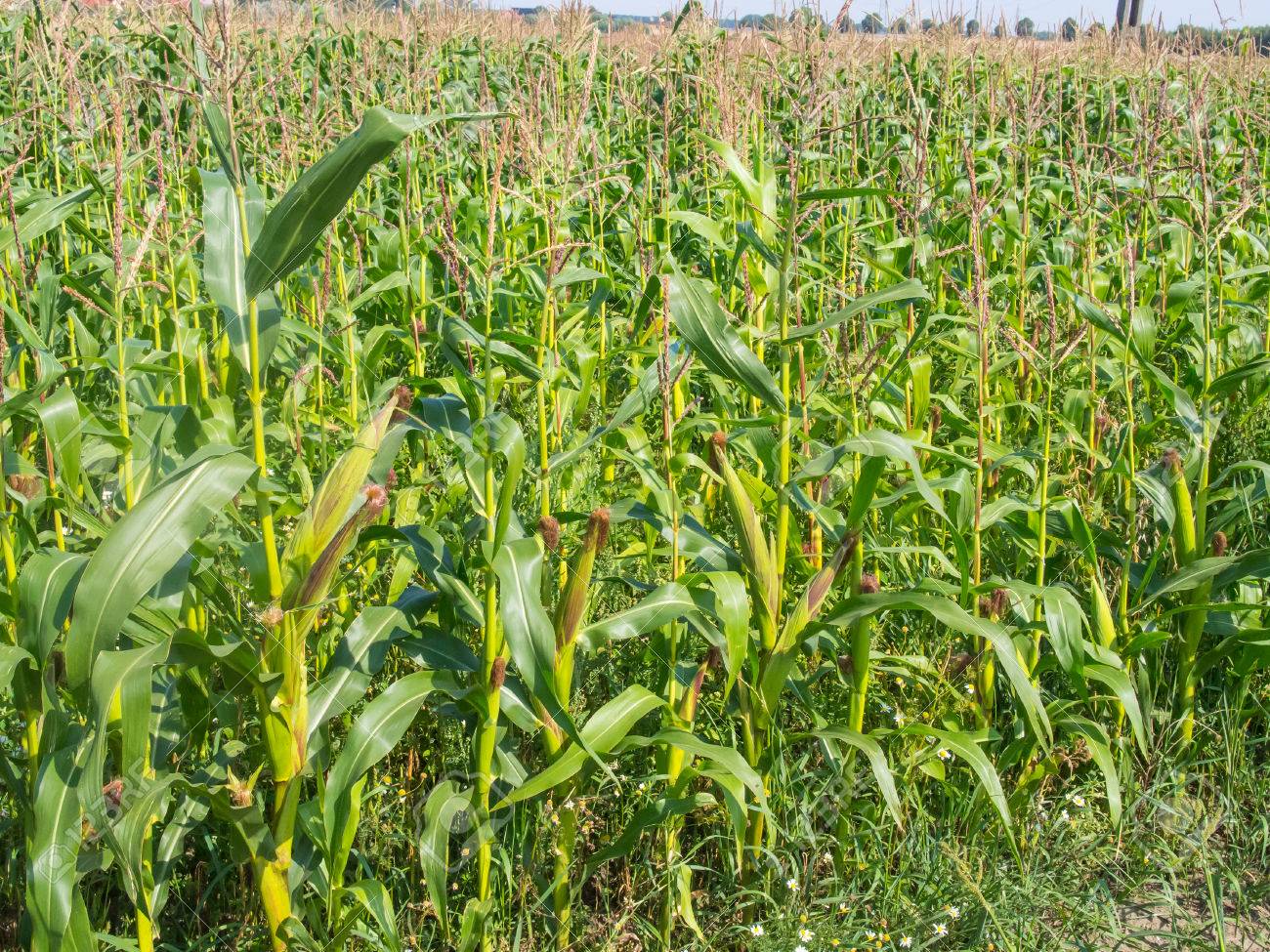 also known as corn, is a cereal grain first domesticated by indigenous peoples in southern Mexico about 10,000 years ago.[1][2]The leafy stalk of the plant produces polleninflorescences and separate ovuliferousinflorescences called ears that yield kernels or seeds, which are fruits.
also known as corn, is a cereal grain first domesticated by indigenous peoples in southern Mexico about 10,000 years ago.[1][2]The leafy stalk of the plant produces polleninflorescences and separate ovuliferousinflorescences called ears that yield kernels or seeds, which are fruits.HISTORICAL AND MYTHOLOGICAL REVIEW:
Pre-Columbian development
Most historians believe maize was domesticated in the Tehuacán Valleyof Mexico.[8] Recent research in the early 21st century has modified this view somewhat; scholars now indicate the adjacent Balsas River Valley of south-central Mexico as the center of domestication.[9]
An influential 2002 study by Matsuoka et al. has demonstrated that, rather than the multiple independent domestications model, all maize arose from a single domestication in southern Mexico about 9,000 years ago. The study also demonstrated that the oldest surviving maize types are those of the Mexican highlands. Later, maize spread from this region over the Americas along two major paths. This is consistent with a model based on the archaeological record suggesting that maize diversified in the highlands of Mexico before spreading to the lowlands.[10][11]
Archaeologist Dolores Piperno has said:[9]
Since then, even earlier dates have been published.[12]
According to a genetic study by Embrapa, corn cultivation was introduced in South America from Mexico, in two great waves: the first, more than 6000 years ago, spread through the Andes. Evidence of cultivation in Peru has been found dating to about 6700 years ago.[13] The second wave, about 2000 years ago, through the lowlands of South America.[14]
Before domestication, maize plants grew only small, 25 millimetres (1 in) long corn cobs, and only one per plant. In Spielvogels view, many centuries of artificial selection (rather than the current view that maize was exploited by interplanting with teosinte) by the indigenous people of the Americas resulted in the development of maize plants capable of growing several cobs per plant, which were usually several centimetres/inches long each.[15] The Olmec and Maya cultivated maize in numerous varieties throughout Mesoamerica; they cooked, ground and processed it through nixtamalization. It was believed that beginning about 2500 BC, the crop spread through much of the Americas.[16] Research of the 21st century has established even earlier dates. The region developed a trade network based on surplus and varieties of maize crops.
Taxonomical Classification
Kingdom: Plantae - Plants
Family: Poaceae
Genus: Zea
Species: Z. mays
VERNACULAR NAMES
English: corn, Indian corn, maizeSynonyms
Synonyms in Ayurveda: makaya, mahakayaThe word maize derives from the Spanish form of the indigenous Taíno word for the plant, mahiz.[20] It is known by other names around the world.
The word "corn" outside North America, Australia, and New Zealand refers to any cerealcrop, its meaning understood to vary geographically to refer to the local staple.[21][22] In the United States,[21] Canada,[23]Australia, and New Zealand,[24]corn primarily means maize; this usage started as a shortening of "Indian corn".[21] "Indian corn" primarily means maize (the staple grain of indigenous Americans), but can refer more specifically to multicolored "flint corn" used for decoration.[25]
In places outside North America, Australia, and New Zealand, corn often refers to maize in culinary contexts. The narrower meaning is usually indicated by some additional word, as in sweet corn, sweetcorn, corn on the cob, baby corn, the puffed confection known as popcorn and the breakfast cereal known as corn flakes.
In Southern Africa, maize is commonly called mielie (Afrikaans) or mealie (English),[26] words derived from the Portuguese word for maize, milho.[27]
Maize is preferred in formal, scientific, and international usage because it refers specifically to this one grain, unlike corn, which has a complex variety of meanings that vary by context and geographic region.[22] Maize is used by agricultural bodies and research institutes such as the FAO and CSIRO. National agricultural and industry associations often include the word maize in their name even in English-speaking countries where the local, informal word is something other than maize; for example, the Maize Association of Australia, the Indian Maize Development Association, the Kenya Maize Consortium and Maize Breeders Network, the National Maize Association of Nigeria, the Zimbabwe Seed Maize Association. However, in commodities trading, corn consistently refers to maize and not other grains.
Guna: Ruksha
Veerya: Sheetha
Cultivation:
Propagated only from seed. A deep, firm seedbed, free of clods, trash and surface irregularities should be prepared, either in the spring, or preferably on moderately heavy to heavy soil, in the fall and left rough over winter, thus allowing them to be worked and planted earlier in the spring. Light soil should be kept covered during the winter to prevent erosion and worked in the early spring. Soil should be worked and disked about 3–4 weeks before planting, thus allowing for partial decomposition or organic material. Corn is usually planted about 2 weeks after the average date for the last killing frost. The harvest period may be lengthened by planting successive crops, or by planting early, medium and late varieties at one time. In Florida sweet corn production is arranged for continuous harvest, with plantings from August to April. Several methods for planting the seeds are used. Planting seed singly in drills is preferred to the check-row system of planting 3–4 seeds in hills. Recommended planting rates vary from 40,000 plants per ha for medium-sized cvs to 50,000 plants per ha for small, early cvs. These rates require 11.5 to 16 kg/ha. For hills in checkrows, 3–4 plants per hill are best with hills spaced about 0.8 m x 0.8 m for small cvs and 0.9 m x 0.9 m for medium types, and 1 m x 1 m for large cvs. Seed should be planted only deep enough to place it in moist soil below the dry surface layer, this being about 2.5 cm; in sandy loams, this might be 5 cm deep. Soils should be irrigated if necessary to provide an equivalent of about an acre-inch of water every week. Yield increases in irrigated corn are greater on soils well supplied with organic matter. Green manures increase productivity of most soils. In the North, an increase in the percentage of legumes for hay or pasture and a better conservation of crop by-products and manure is frequently sufficient to maintain organic matter in moderately productive soils. A second crop of clover or a last crop of alfalfa may be turned under profitably. Sweetclover, grown with the small-grain crop and turned under the following spring is probably the most important green-manure crop in the North and is particularly useful on heavier soils. In the South where the decay and consequent loss of organic matter is more rapid than in the North, continuous during winter and summer, a larger replacement is necessary and the winter-grown green-manuring crop serves as a cover crop and checks winter erosion and loss of plant food. Also, in the South, more different crops can be grown successfully during the winter, making possible selections to fit different cropping systems. Well rotted manure may be applied to land for corn about equally well in the fall or spring unless the soil is sandy, and then it is applied in spring to prevent excessive leaching. There is little difference in the effect of well-rotted manure whether plowed under or applied as a top dressing after plowing. Commercial fertilizers are used to supply one or more of the most frequently deficient nutrients, nitrogen, phosphorous or potash. Nitrogen fertilizers promote quick and vigorous growth of stalks and leaves. Nitrogen supply of soil generally maintained more economically by turning under legumes such as cowpeas, clover, alfalfa and the like. Phosphorous fertilizers tend particularly to increase the yield of grain. Bone meal is an excellent fertilizer of this type, but it is costly. Superphosphate is the most practical form in which to supply phosphorus for immediate utilization. It may be applied after the ground is plowed and ready for planting, and can be broadcast, or applied in the row or in the hill, or both. Potash fertilizers contribute generally to the health of the plants and quality of grain. Both muriate and sulfate of potash, containing about 50% of potash, are good sources. Mixed fertilizer may also be used to advantage, but it is important to know that the fertilizer selected provides the elements needed for a particular soil. Application of commercial fertilizers in the row or hill is generally more efficient than broadcast applications. Cultivation accomplishes several purposes: controls weeds, increases absorption of water by reducing run-off, checks evaporation by maintaining a mulch and increases aeration of the soil. Weeds can be killed most easily and cheaply when the field is being prepared for planting and before the corn is up or while it is small enough to stand harrowing without injury. At such times the land can be gone over quickly with the harrow, weeder or rotary hoe. These implements are highly efficient in controlling weeds if used before the corn becomes established, and they hold down the cost of cultivation. Harrowing from just before to just after the seedlings emerge should be avoided. After corn plants are well up they may be harrowed with little danger until they are about 10 cm tall. Later cultivations can be made satisfactorily with any of the usual cultivators. Corn should be cultivated often enough to control the weeds. Cultivation should be no deeper than needed to control weeds. Shallow cultivation is less likely to injure the corn roots and does not bring many weed seeds to the surface.Harvesting:
Sweet corn is harvested for eating from the cob when 50–75 days old depending on the cv, or when the kernels are fully developed but still juicy, producing a milky liquid when punctured, husk should be tight and the silks somewhat dried. When harvested by hand, sweet corn is picked with a downward twist, put into picking sacks or on trailers and rushed to sorting sheds. Sweet corn loses about 50% of its sugar in the first 24 hours after picking, getting it to market as soon as possible is very important. Mechanical harvesters are also used for sweet corn for the fresh market. When corn is harvested for grain, several methods may be used: ears may be snapped or husked by hand from the standing stalks, mature stalks may be cut by hand or machine and shucked and the ears husked later, grain may be gathered from the standing stalks by mechanical pickers, or machines may be used which will pick and husk the ear corn, or pick the ears and shell the corn simultaneously. Corn harvested for silage may be cut by hand, sled, mower or corn binder, and later chopped by a stationary cutter just before it is put into the silo; or it may be cut and chopped in the field in one operation by the ensilage harvester. Harvesting corn for forage applies only to that portion of the crop which is harvested for feeding, the whole plant being used either as silage or dry forage (Reed, 1976).Phytochemistry:
While yellow maizes derive their color from lutein and zeaxanthin, in red-colored maizes, the kernel coloration is due to anthocyanins and phlobaphenes. These latter substances are synthesized in the flavonoids synthetic pathway[41] from polymerisation of flavan-4-ols[42] by the expression of maize pericarp color1 (p1) gene[43] which encodes an R2R3 myb-like transcriptional activator[44] of the A1 gene encoding for the dihydroflavonol 4-reductase (reducing dihydroflavonols into flavan-4-ols)[45] while another gene (Suppressor of Pericarp Pigmentation 1 or SPP1) acts as a suppressor.[46] The p1 gene encodes an Myb-homologous transcriptional activator of genes required for biosynthesis of red phlobaphene pigments, while the P1-wr allele specifies colorless kernel pericarp and red cobs, and unstable factor for orange1 (Ufo1) modifies P1-wr expression to confer pigmentation in kernel pericarp, as well as vegetative tissues, which normally do not accumulate significant amounts of phlobaphene pigments.[43] The maize P gene encodes a Myb homolog that recognizes the sequence CCT/AACC, in sharp contrast with the C/TAACGG bound by vertebrate Myb proteins.[47]Morphology:
Vigorous annual grass, varying greatly in size according to race and growth conditions; culms stout, often with prop roots from the lower nodes, many-noded, terminated by inflorescences of male spikelets (tassel), and with one or more female spikelets (ears) in the axils of leaves below the tassel; leafblades expanded, usually drooping, usually green, but may be variegated white, yellow or purple-red; tassel erect or spreading racemes forming a panicle 30 cm or more long, the spikelets in pairs, one sessile, the other pedicelled, those of each pair alike, 8–12 mm long, awnless, 2-flowered, florets both male; glumes papery, equal, enclosing florets; female inflorescence variable in size and shape, borne on short branch with several short internodes with a papery sheath at each node, these forming the husk and enclosing the thick central axis (cob) on which the spikelets are arranged in more or less longitudinal rows; spikelets in pairs, both sessile, awnless, 2-flowered, the lower floret small, rarely female, the upper one female; glumes broad, rounded or notched at apex, fleshy towards base; styles projecting from apex of ear as long silky tassels; grains (caryopsis) variable as to size, shape, color and sugar-starch content. Fl. mid-summer; fr. late summer–early fall.The maize plant is often 3 m (10 ft) in height,[28] though some natural strains can grow 13 m (43 ft).[29] The stem is commonly composed of 20 internodes [30] of 18 cm (7.1 in) length.[28] A leaf, which grows from each node, is generally 9 cm (4 in) in width and 120 cm (4 ft) in length.
Ears develop above a few of the leaves in the midsection of the plant, between the stem and leaf sheath, elongating by around 3 millimetres (0.12 in) per day, to a length of 18 cm (7 in) [28] with 60 cm (24 in) being the maximum alleged in the subspecies.[31]They are female inflorescences, tightly enveloped by several layers of ear leaves commonly called husks. Certain varieties of maize have been bred to produce many additional developed ears. These are the source of the "baby corn" used as a vegetable in Asian cuisine.
The apex of the stem ends in the tassel, an inflorescence of male flowers. When the tassel is mature and conditions are suitably warm and dry, anthers on the tassel dehisce and release pollen. Maize pollen is anemophilous (dispersed by wind), and because of its large settling velocity, most pollen falls within a few meters of the tassel.
Elongated stigmas, called silks, emerge from the whorl of husk leaves at the end of the ear. They are often pale yellow and 18 cm (7 in) in length, like tufts of hair in appearance. At the end of each is a carpel, which may develop into a "kernel" if fertilized by a pollen grain. The pericarp of the fruit is fused with the seed coat referred to as "caryopsis", typical of the grasses, and the entire kernel is often referred to as the "seed". The cob is close to a multiple fruit in structure, except that the individual fruits (the kernels) never fuse into a single mass. The grains are about the size of peas, and adhere in regular rows around a white, pithy substance, which forms the ear. The maximum size of kernels is reputedly 2.5 cm (1 in).[32] An ear commonly holds 600 kernels. They are of various colors: blackish, bluish-gray, purple, green, red, white and yellow. When ground into flour, maize yields more flour with much less bran than wheat does. It lacks the protein gluten of wheat and, therefore, makes baked goods with poor rising capability. A genetic variant that accumulates more sugar and less starch in the ear is consumed as a vegetable and is called sweet corn. Young ears can be consumed raw, with the cob and silk, but as the plant matures (usually during the summer months), the cob becomes tougher and the silk dries to inedibility. By the end of the growing season, the kernels dry out and become difficult to chew without cooking them tender first in boiling water.
Geographical distribution:
Corn is only known in the cultivated state, and is believed to have originated in Mexico in prehistoric times. It is now distributed over the world and grown wherever summers are reasonably warm.ECOLOGICAL ASPECT:
Corn is essentially a subtropical plant, but will grow now with its cultivars far into the temperate climate, as far north as Canada and Russia, where summers are long enough to produce good vegetative growth but rarely long enough to produce grain. It is known to grow from 58°N to 40°S latitude, and from altitudes below sea level to 4,000 m in the Andes. It is easily killed by frost. Most sweet corn is grown in areas with a mean temperature of 19–21°C during the summer months. Annual rainfall of 750 mm or more is required for adequate moisture. Deep, naturally rich, easily tilled soil is preferred. Corn grows on great variety of soil types. Ranging from Boreal Moist to Rain through Tropical Desert to Wet Forest Life Zones, corn is reported to tolerate annual precipitation of 2.3 to 41.0 dm (mean of 12.2 cases = 259), annual temperature of 4.9 to 28.5°C (mean of 19.2 cases = 258), and pH of 4.3 to 8.7 (mean of 6.4 cases = 175).General Use:
Few plants are grown more extensively or put to more diversified use than corn. It is becoming increasingly important as fodder, extending into cool temperate regions where summers are not normally sufficiently warm to mature the grain crop. Corn is a staple cereal for human food in Central and South America, and many parts of Africa. In the US and Europe it is used almost entirely for animal feeding, as grain or fodder. Corn is used as vegetable, as corn-on-the-cob, fresh, canned or frozen. Kernels may be cut from the cob and used in many ways, in succotash, custards, fritters, soups and chowders. They are also used in mixed pickles and vegetable relishes. Corn meal, grits, and hominy are prepared forms of corn kernels. Corn is also converted into various substances which have a wide range Of usage, as starch, syrup, cornstarch, dextrin, corn oil, zein, and in the making of whiskey and other alcoholic products. These substances are used in the printing, confectionery, condensced milk, tanning leather, plastics, food, brewing, soap, paint, and textile industries. Corn has been used as currency (in Peru).- » Classification and names of makaya
- » Synonyms and definitions of makaya
- » Drug Properties of makaya
- » Chemical Constituents of makaya
- » Standardization of makaya
- » Parts used and Dosage of makaya
- » Morphology and Histology of makaya
- » Distribution and Conservation of makaya
- » Cultivation of makaya
- » makaya in the market
- » Medicinal Uses of makaya
- » Researches and clinical trails of makaya
- » makaya in other sytems of medicine
- » Ayurvedic formulations with makaya
- » Images of makaya



